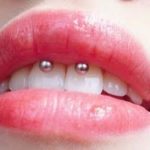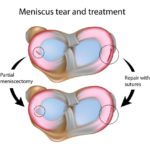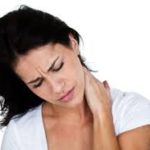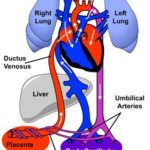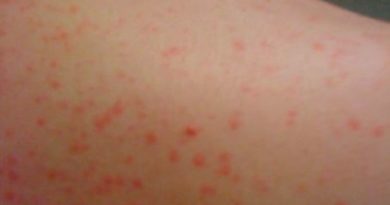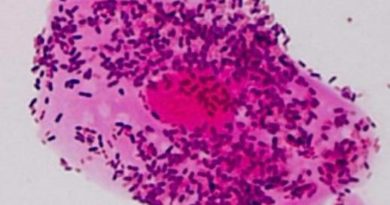Horse Fly Bite
What are horse flies?
Horse fly is an insect, with a varying length from ½ to ¼ inches long. They are black or grey-colored. The female horse fly feeds on the blood of other mammals. It has blade-like mouthparts, that can penetrate the skin and cause the blood to flow through the wound. Their sponge-like mouth parts can easily suck blood. Male horse flies only feed on pollen or nectar. Their mouths have a similar structure, but they are much weaker.
The female horse flies are usually aggressive. They feed on large, slowly moving mammals, usually in legs or body. These insects rarely bite near the head. When biting, they inject an anticoagulant containing substance with their saliva. This ensures that the blood through the wound keeps flowing. Flies find their host by visual and chemical cues- they are attracted by the carbon-dioxide expelled from warm-blooded animals, as well as motion, size, shape and color of the host. In order to produce, horse fly females need to ingest a protein-filled meal. Mammal blood can provide them with the necessary nutrition [1].
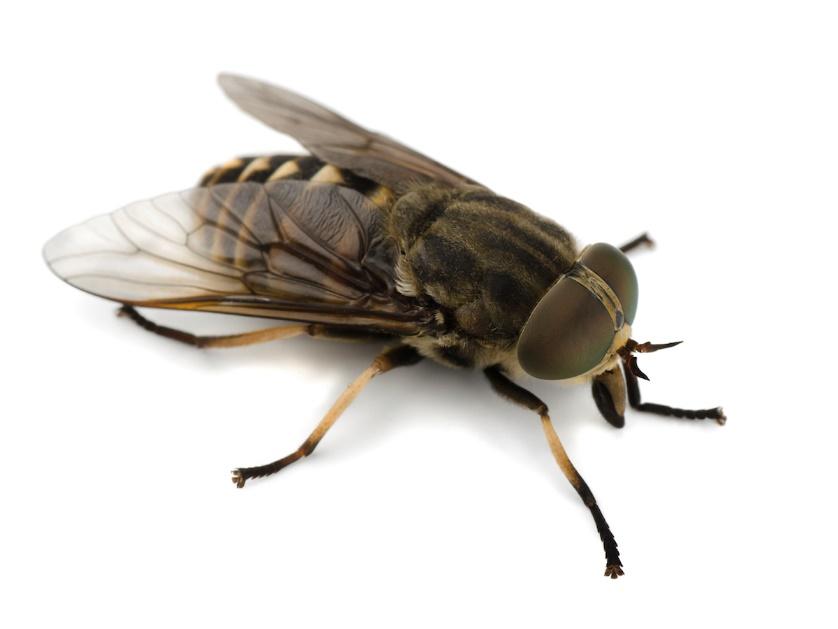
![]()
Why is a horse fly bite dangerous?
Horse fly bite is not only painful, but it can also cause dangerous and even life-threatening conditions. When the fly injects its saliva in the wound, it can also inject bacteria. In this case, the wound can become infected. In Central Africa region, horse flies can be the vector for Loa-Loa- a nematode worm, which causes cutaneous filariasis.
The disease is characterized by itching, urticaria, migrating edema of the limbs. The worm moves under the skin and it can feel tortuous for the patient. The disease progresses over a long period of time, but in late stages it can cause serious complications, mainly affecting the heart [2]. Another disease that can be transmitted through horse fly saliva is Lyme disease. Although it happens extremely rarely, the bacteria- Borrelia Burgdorferi can be also transmitted by other vectors, not only tics [3].
Usually the bite causes an allergic reaction that is unpleasant. In extremely rare cases, horse fly bite can cause anaphylactic shock.
Symptoms
Usually the patient will immediately notice that they have been bitten. Horse flies move very quickly and, as soon as they are noticed, they fly away. The bitten area is usually painful. Skin may become red and the area is raised. The size of the swelled area depends on the person’s immune system. Other symptoms can be:
- Rash
- Dizziness
- Weakness
- Wheezing
- Swelling in other body parts
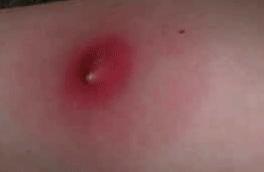
![]()
The bite might take some time to heal. It can also get infected by bacteria. In this case the bite site can get infected and take longer time to heal. Signs of bacterial infection are:
- Swelling
- Redness
- Higher skin temperature in the infection site
- Pus coming out of the wound, or fluctuation under the skin [4]
Pathophysiology
When a horse fly bites the skin, it causes a rash called papular urticaria. It is caused by four main elements:
- Subepidermal edema
- Extravasation of erythrocytes
- Interstitial eosinophilia
- Lymphocyte exocytosis
This reaction is caused by an immune response- type I hypersensitivity (immediate hypersensitivity). The antigen in the saliva of the fly gets disseminated with host’s blood. Immune system reacts, and produces an antigen specific antibody. This antibody binds to special cells in the tissue and blood.
These cells than recognize the antigen in the body, and release biologically active substances- histamine, leukotriene, prostaglandins and cytokines. These substances act on the surrounding tissue, causing vasodilatation, increased vascular permeability and smooth-muscle contraction [5].
Extreme cases
There is one reported death from a horse fly bite. In 2013, a 48-year-old man died from anaphylactic shock, after a horse-fly bite. Soon after the man was bitten, he developed intensive swelling in the throat and tongue, which led to trouble breathing. The paramedics estimated that he died 15 minutes after the bite. This reaction is extremely rare in horse fly bites, and it is believed that the man had a genetic predisposition to such a reaction [8].
Treatment
First aid
When the horse fly bite occurs, the site of the bite should be cooled either with a cool-pack or with a clean, wet, cold cloth. The cold should be applied for a few minutes. Afterwards, the area should be disinfected with either clean water and soap, or with alcohol. Vinegar can also be used. In case there is intense swelling and/or itching, an antihistamine pill can be taken. Also, hydrocortisone cream can be used to relieve the symptoms. To ensure faster healing and prevent infection, avoid scratching the bite [6,7].
Prevention
It is not uncommon to get bitten by a horse fly. Best way to prevent random bites is to wear clothing that protects the skin, with long sleeves and pants. Insect repellents also can be used. Mostly the flies will avoid the area and person who is sprayed with a repellant. Repellents with diethyltoluamide are particularly effective.
In case the exact area of a horsefly swarm is known, a special trap can be placed. The trap allows to catch the flies, preventing them from biting people and animals [7].
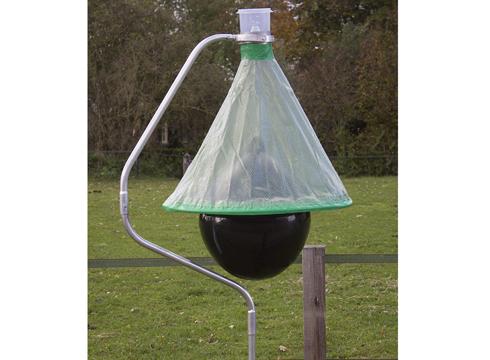
![]()
References
- Information about the insect: http://www.orkin.com/flies/horse-flies/
- Cutaneous filariasis: http://www.cmete.com/index.php?tg=articles&idx=Print&topics=101&article=68
- Borrelia Burgdorferi: http://link.springer.com/chapter/10.1007/978-1-4615-2415-1_8?no-access=true#page-1
- Symptoms: http://www.nhs.uk/Conditions/Bites-insect/Pages/Symptoms.aspx#horsefly
- Pathophysiology of an insect bite: http://emedicine.medscape.com/article/1051461-overview#a2
- Treatment: http://www.horseflybite.co.uk/
- Prevention: http://www.md-health.com/Horsefly-Bite.html
- Anaphylactic shock case: http://www.medicaldaily.com/british-man-dies-horsefly-bite-248110

